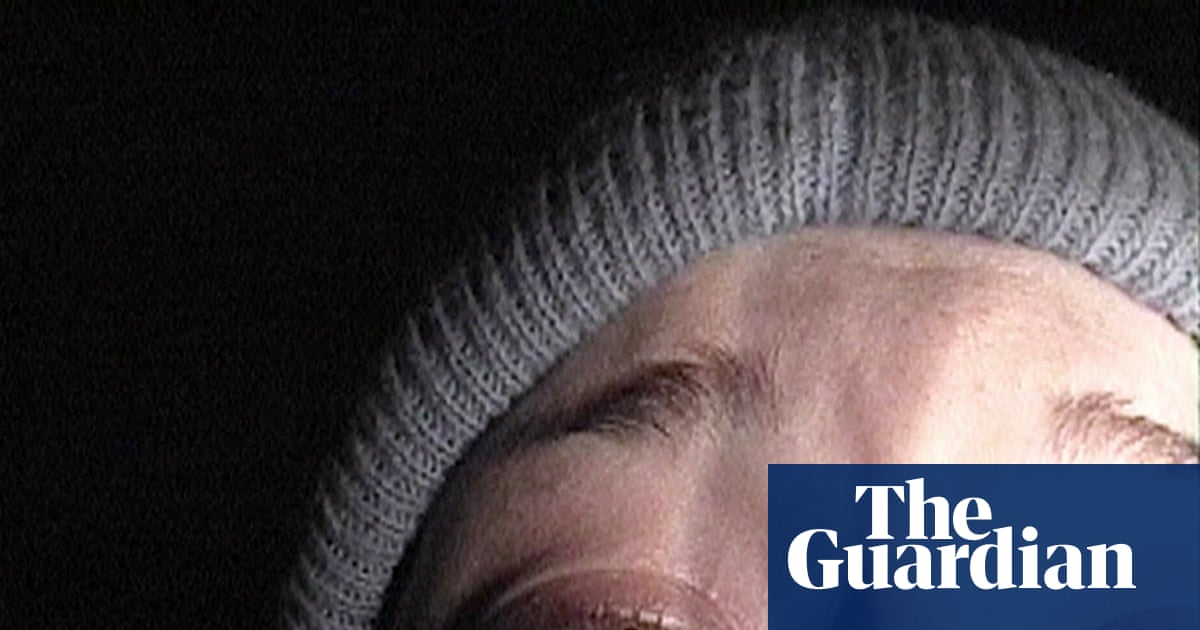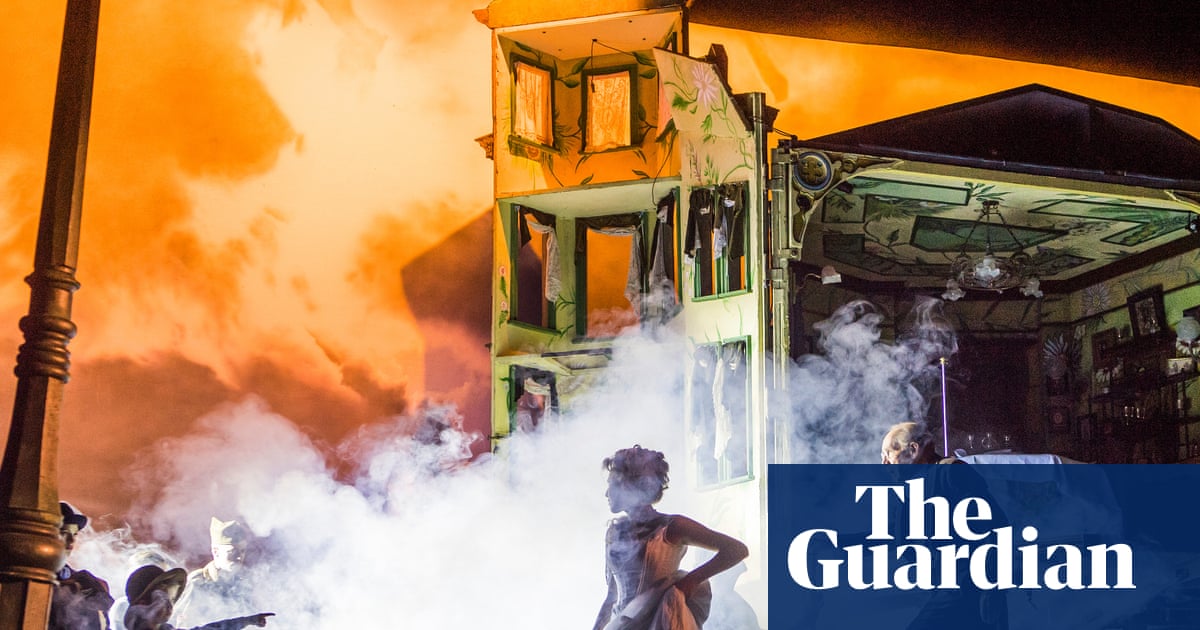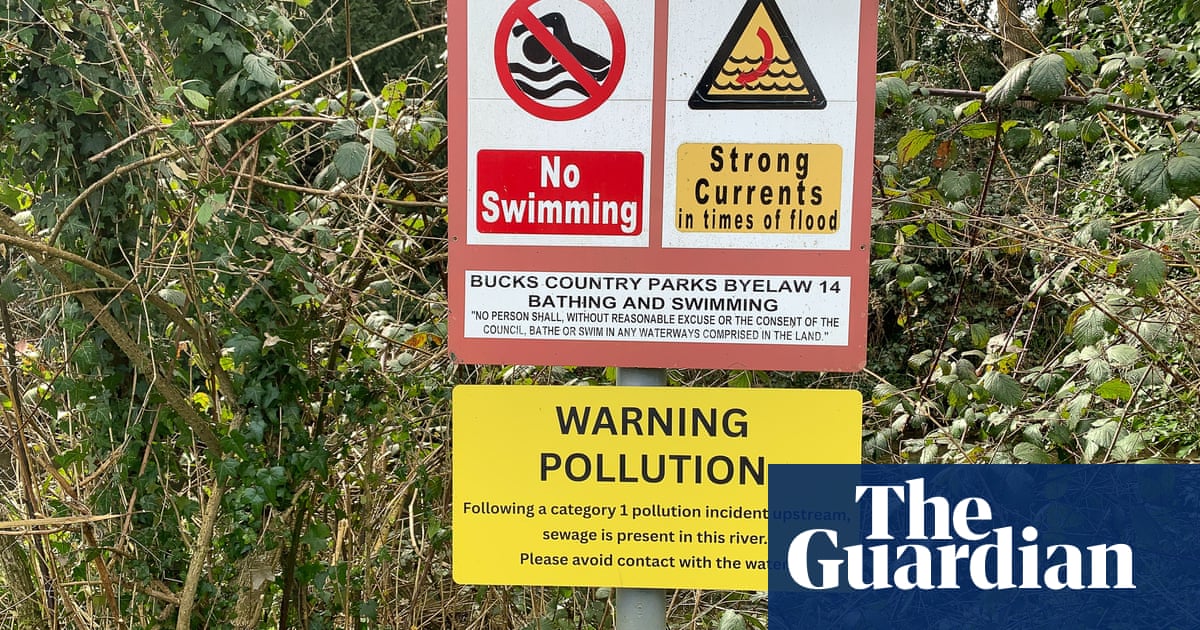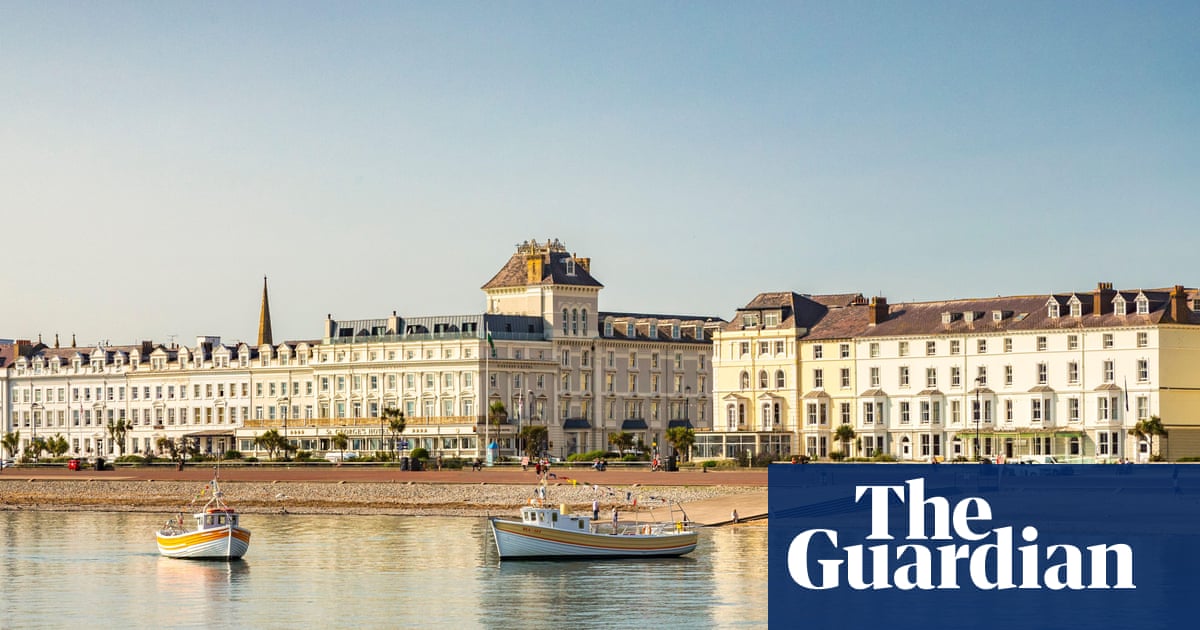In the muffled silence all I can hear is the crunch and squeak of snow underfoot. The white path ahead of me meanders skyward through forests of larch and pine, their boughs glittering with snow. When I look back, I can see for miles – an icily beautiful panorama of crags and peaks.
I’m in the Lower Engadine, in remote south-east Switzerland, thanks to a tip shared by my Swiss friend Kaspar, when I was pondering a winter walking holiday away from the crowds. Over two weeks I’ll be exploring this fairytale landscape alone, following well-marked trails.
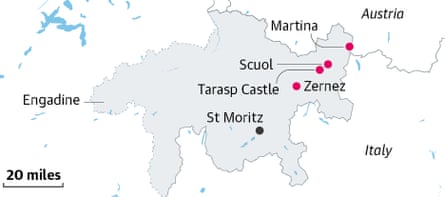
The Lower Engadine contains few ski slopes, even fewer tourists and Switzerland’s only national park, a fiercely protected 170 sq km of wilderness now inhabited by 36 species of mammal and more than 100 species of bird, including bearded vultures, eagles, wolves, ibex, mountain hares and marmots.
The national park is closed to visitors during the winter, but several Engadine walking trails are close to its borders, meaning anyone can – with luck – spot some of its rare wildlife. The Engadine’s inhabitants speak Romansh (an official Swiss language spoken by less than 1% of the population) and follow a way of life that has barely changed – farmers, shepherds, cheese-makers and, more recently, artists attracted by the extraordinary beauty of this hidden valley.
Without a developed ski scene, it’s all about “slow” tourism here, with small family-run hotels, guided walks and visits to artisanal food producers. “This is a place where Swiss families come to reconnect with nature,” says Kaspar, who has been holidaying here for more than two decades. “In winter that means hiking, snow-shoeing, sledging, travelling in horse-drawn carts, bird-watching and cross country skiing. We come here for peace and quiet, for a reminder of wilderness.”
I base myself in Scuol, the end of the railway line and the largest of the 15 villages in the valley, reached via two connecting trains from Zurich. It is indeed a winter walker’s paradise, with more than 160km (100 miles) of trails kept safely walkable by an army of invisible labourers who spread sawdust on icy tracks and clear paths with snow ploughs while the rest of us sleep.
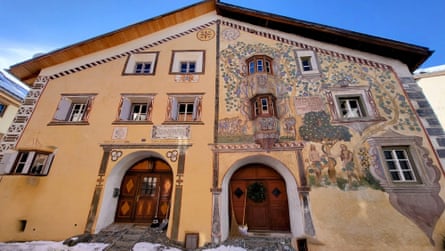
These routes (known as Winter-Wanderwege) are marked on a free map, available from Scuol’s tourist office (also downloadable to your phone). They’re easy to follow, thanks to an efficient system of numbers, signposts and coloured poles, and can be accessed by regular trains and buses.
I decide to tackle the Engadine Way, a 77km route that runs from one end of the valley (Zernez) to the other (Martina on the Austrian border) and can be completed, comfortably, on a series of day hikes. Each morning I take a bus or train (free with a guest travel pass handed out by hotels) up or down the valley and follow one of the routes to the next bus or train stop to head home, walking between five and 16km a day. I give myself a couple of days to “warm up” by following easy paths beside the River Inn that runs through the valley and cuts through Scuol. I need to get used to walking in crampons, with snow baskets on my walking poles, and prepare for the ascents and descents to come.
I’m delighted to discover that every village contains something to astonish the unsuspecting ambler. In Zernez it’s the National Park Centre, which tells me everything I need to know about the wildlife, geography and geology of the area. In Susch it’s the Museum Susch, an old monastery converted into a stunning art gallery dedicated to female artists (Tracey Emin has her own room), while its chic bistro makes a welcome pit stop for mountain-herb tea and Engadiner Nusstorte – pastry stuffed with caramelised walnuts.
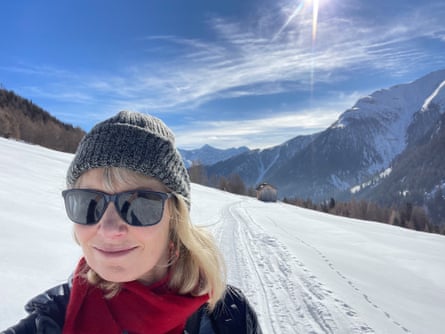
In the villages of Lavin and Tschlin it’s the tiny, gloriously painted churches, while in Guarda it’s a surprise French patisserie (Garde Manger) and a collection of richly decorated houses. In fact, most of the valley’s traditional Engadine houses are flamboyantly decorated – sundials, flowers, animals – using a “scratching” technique known as sgraffito. Several still home cattle and goats in the basement, while the farming families live above, and their chickens roam the streets.
But the walks that leave me the most ecstatic are those that wind deep into the unpeopled mountains – to frozen lakes (Lai Nair and Alp Laisch), or deserted hamlets (Griosch), or remote bistros serving hot chocolate, beer and dumplings (Zuort and Avrona). On these walks, I pass very few people. Deer tracks run ahead of me as my path – neither gritted nor sawdusted – winds through steeply sided forests, past waterfalls to snow-capped pinnacles and crests where bearded vultures and eagles soar in the clear blue sky.
There’s something meditative about walking through snow: it clears the mind like no other landscape. The all-encompassing whiteness absorbs any nagging concerns, leaving me calm and collected. Its luminosity lifts the spirits, its silence allows me to hear every flurry of falling snow, every bird call. Each day I return feeling mentally and emotionally spring cleaned, purged of all brain clutter.
When I need a break from walking, I visit the Tarasp Castle (a 12-minute bus ride from Scuol) with its contemporary art collection, including Picasso and Warhol. I watch a film in a tiny cinema at the Lavin railway station (all films are in English), visit the abandoned bath houses and springs of Nairs – one of which is now a cultural centre (Fundaziun Nairs) – and the ice sculpture park at Sur En.
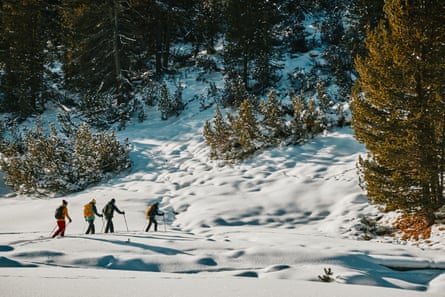
On one overcast day I take the Bernina Express up to the frozen Lago Bianco – a winter wonderland of such brilliant pristine white it makes my eyes ache. I could have done more: the tourist office organises guided snow-shoeing tours, tobogganing trips, visits to knife-making workshops, cheese farms and local breweries. And for skiers, Scuol’s handful of conveniently situated pistes – behind the station – are “dream runs”, says my friend. There’s also Scuol’s legendary mineral baths – six indoor and outdoor pools including a brine pool – but I’m saving that for next time. (If you visit on 1 March, you’ll experience “Chalandamarz”, a Romansh tradition of chasing out winter when village children parade the streets in costume, singing, ringing cowbells and cracking whips.)
Scuol is without any of the usual hotel chains. Instead, this “slow” town has an immaculate youth hostel (double rooms with private bathroom from 120 swiss francs/£112, dorm beds from £41) and several family-run guest houses. I enjoyed delicious meals on the sunlit terrace of the adult-only Hotel Arnica (where architect-designed double rooms start at around £200 B&B) and creamy hot chocolates in the bar of the Scuol Palace hotel, once frequented by European royalty and luminaries such as the artist Paul Klee and writer Robert Musil.
Today’s royalty and celebrities make for Klosters or St Moritz, leaving quiet, sleepy Scuol and its network of glittering, snow-carpeted trails to the likes of ... well, me. Or anyone else wanting a convenient, tranquil and friendly town in which to rest weary limbs after a day in the wintry wonderland of the Engadine.
Annabel Abbs travelled independently, with a travel pass courtesy of Travel Switzerland. She is the author of Windswept: Why Women Walk (John Murray) and The Walking Cure (as Annabel Streets, Bloomsbury). Order your copy at guardianbookshop.com. Delivery charges may apply

.png) 8 hours ago
3
8 hours ago
3







